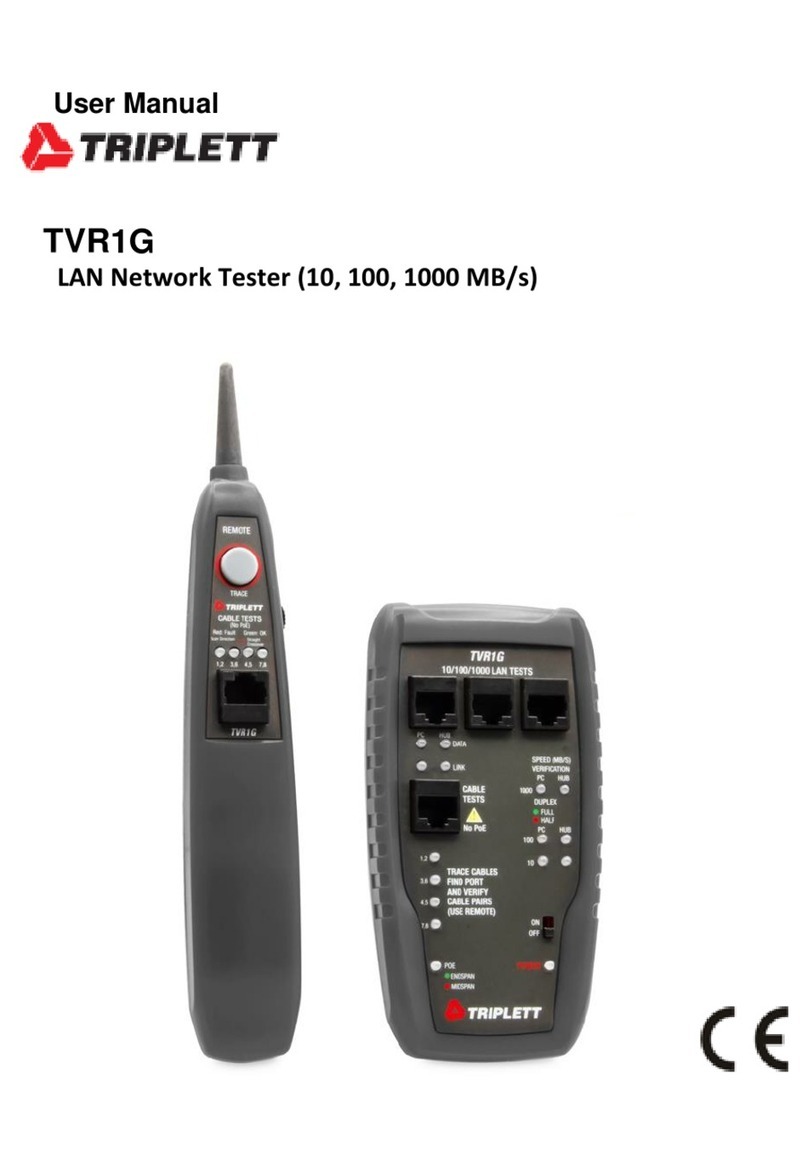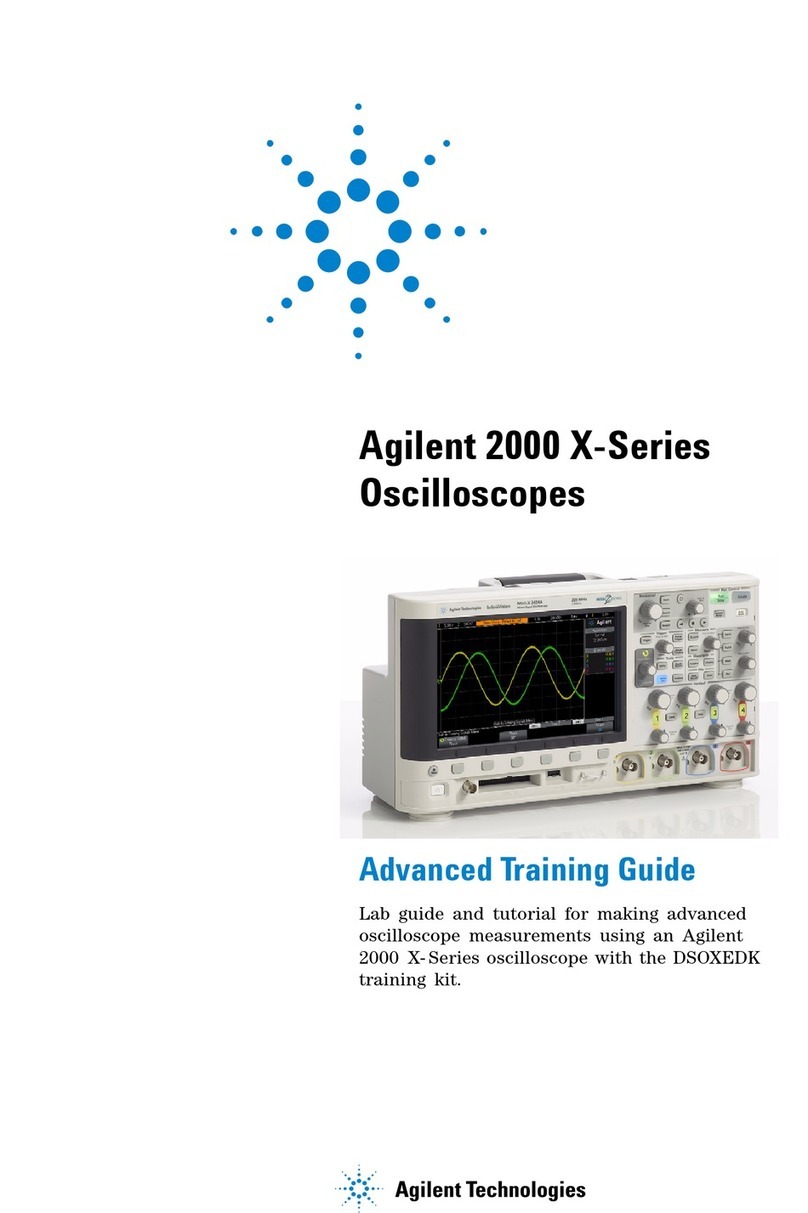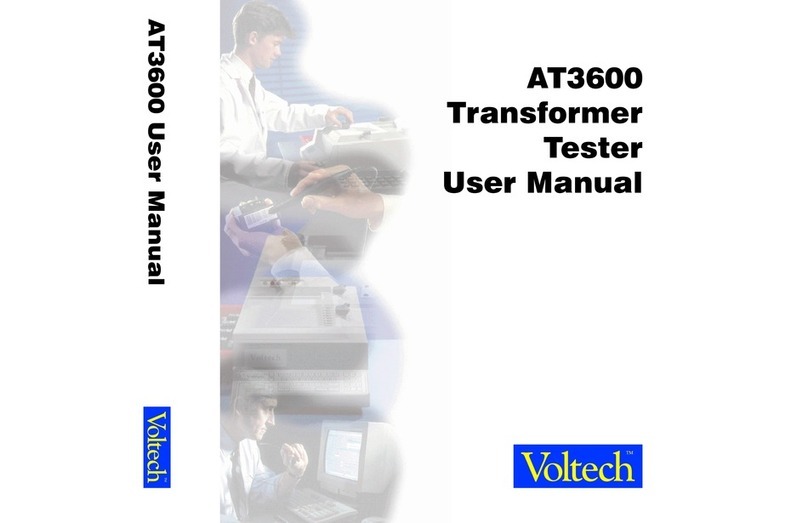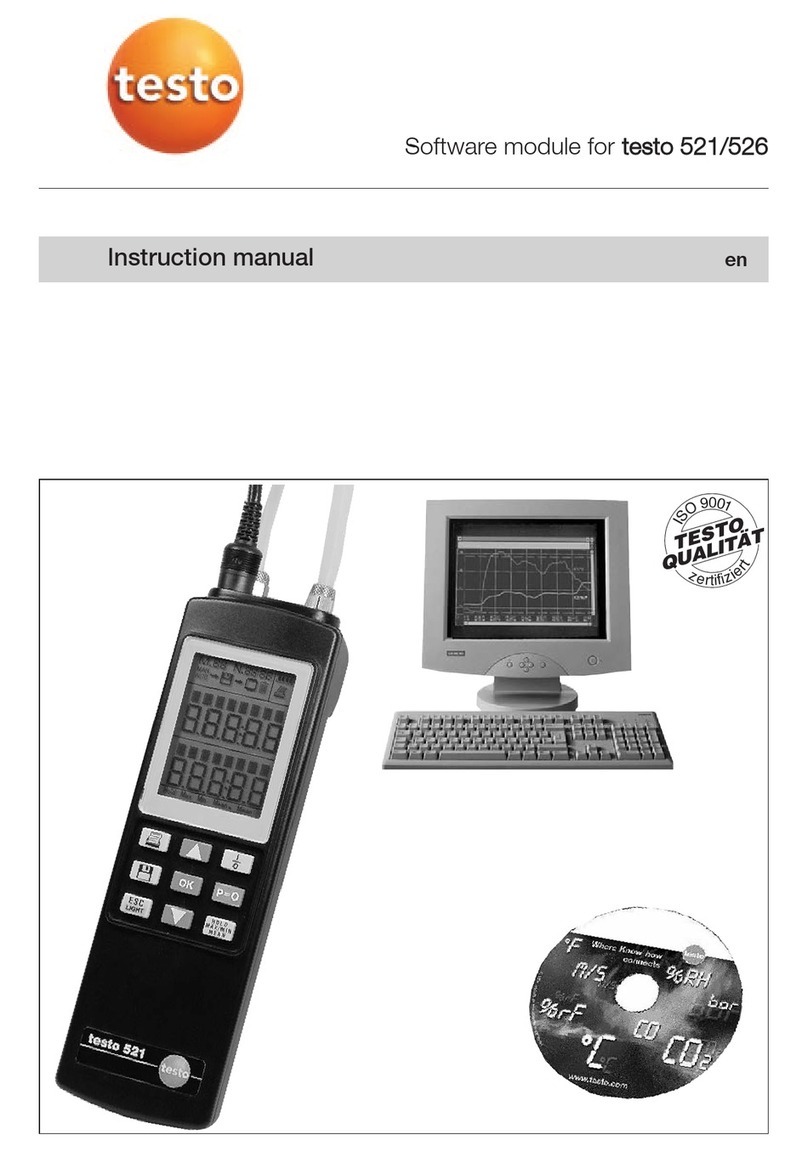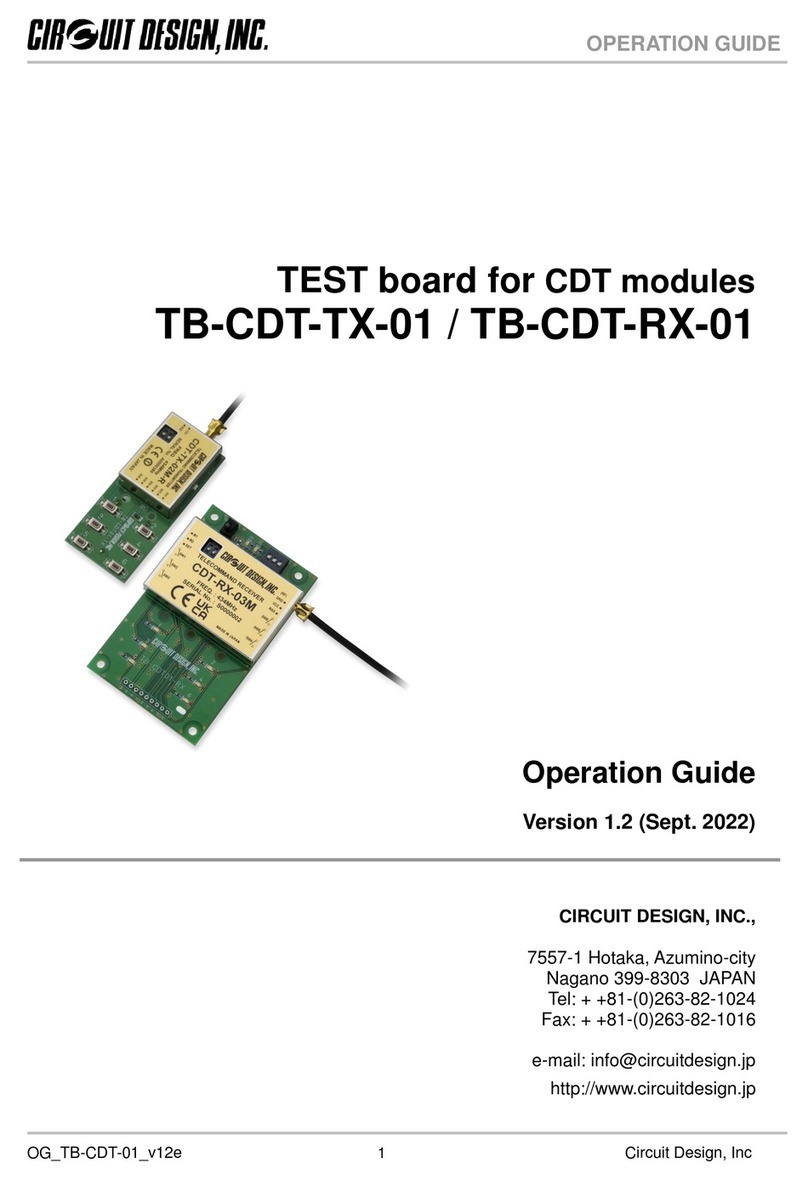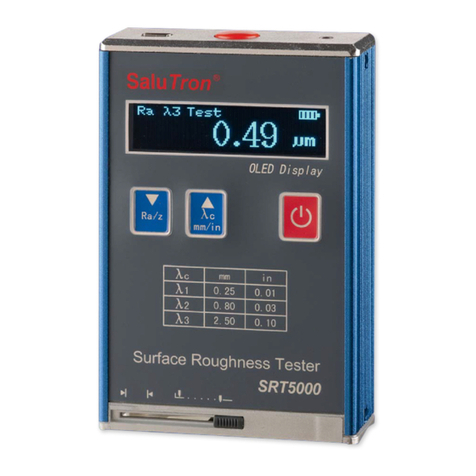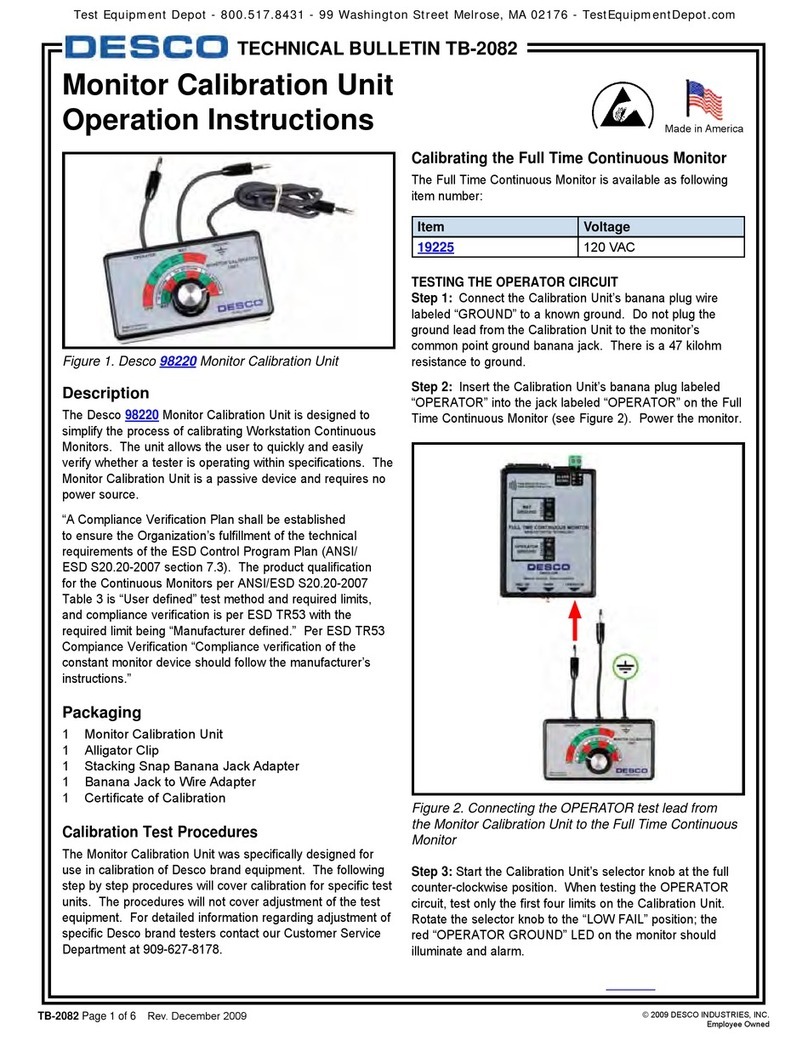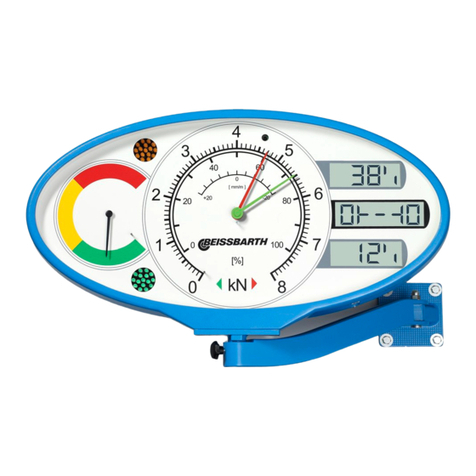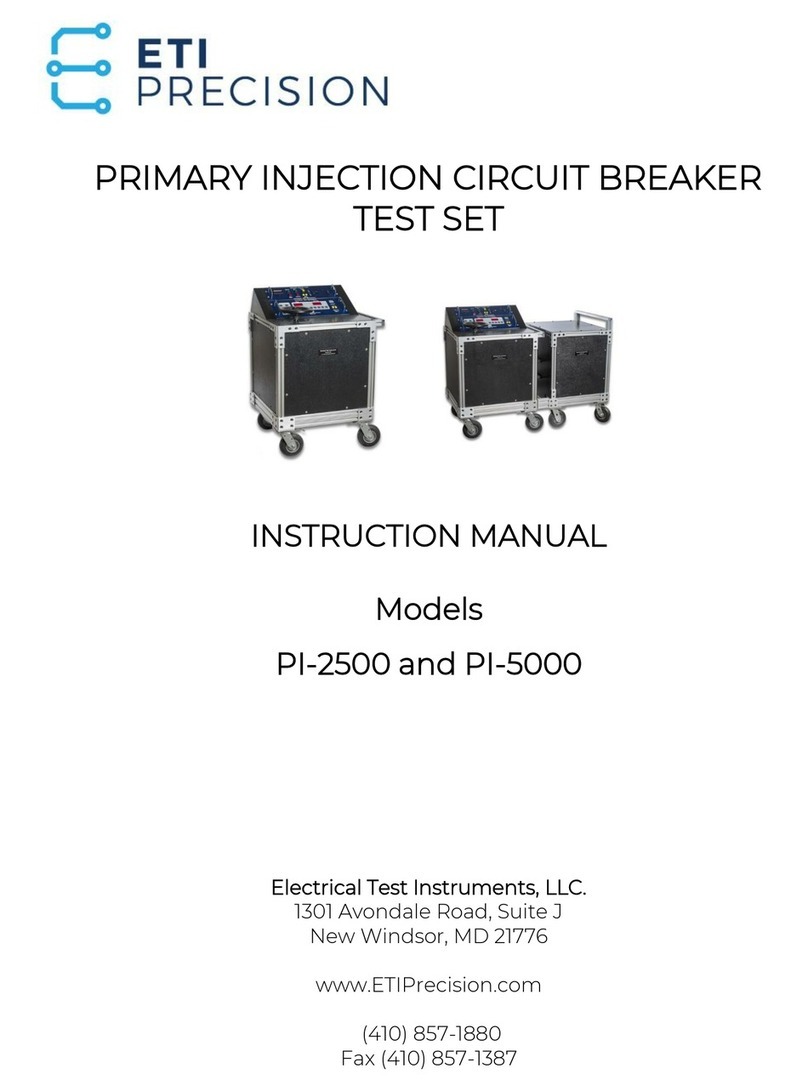Clegg Hammer Impact Soil Tester User manual

2022 Manual
CLEGG HAMMER
MANUAL 4.5kg
CleggHammer.com

CLEGG HAMMER MANUAL
Page 1
CLEGGHAMMER.COM
Table Of Contents
System Description 5
Hardware 7
Device Parts 7
Specifications 7
Precautions 7
Control: Power 10
Control: Hammer Connection 11
Control: Operational Check 12
Operational Check Procedure 13
Hammer Drop Procedure 14
Performing a Clegg Impact Test 15
Compaction Control 15
Impact Control 15
Custom Protocols 16
Testing Procedure 18
Standard Drop Height 19
ASTM and Australian Standards 19
Hardware Warranty 19

CLEGG HAMMER MANUAL
Page 2
CLEGGHAMMER.COM
Clegg Control App 21
What is New? 22
Connect a Device 22
App Settings 23
Contact Support 23
Drop Modes 24
Quick Testing Mode 24
Setting Up a Quick Test 24
Create a Session 25
Performing a Drop 25
Adding a Drop Location 26
Advanced Testing Mode 26
What is a Drop Site? 27
What is a Drop Location? 27
Setting up an Advanced Test 28
Create a Session 29
Selecting a Drop Location 29
Performing a Drop 29
VIEWING RESULTS 30
Saving Session Scores 30

CLEGG HAMMER MANUAL
Page 4
CLE GG HAMMER.COM

CLEGG HAMMER MANUAL
Page 5
CLE GG HAMMER.COM
The Clegg offers a rapid, simple, and relatively inexpensive assessment of the
strength and stiffness properties of a variety of soils, aggregates, and synthetic
materials. The impact test result reflects and responds to characteristics that
influence strength. Such influences include material type, grading, layer thickness,
density, moisture condition, and possibly the condition of the underlying layer. With
all things being equal regarding material type and layer thickness and the nature of
the support base, the primary influences are the density and/or moisture condition of
the material. The CIV may be used to observe changes in strength/stiffness for a
material with the changes in compactive effort, density, and moisture content.
When the hammer strikes the soil surface, a precision accelerometer mounted on
the hammer feeds its output to a Control Unit, which sends a digital readout to a
handheld tablet. A drop or sequence of drops of the hammer constitutes one test
called a Clegg ImpactValue (CIV).
Dr. Baden Clegg developed the Clegg Impact SoilTester while working for the
Department of CivilEngineering at the University of Western Australia in the 1970’s.
The Clegg Hammer is an easy-to-use device consisting of two basic components: a
flat- ended cylindrical mass (the hammer) and a guide tube.
System Description

CLEGG HAMMER MANUAL
Page 6
CLE GG HAMMER.COM

CLEGG HAMMER MANUAL
Page 7
CLE GG HAMMER.COM
Precautions
Specifications
Device Parts
Hammer • Guide Tube • Control Unit • Internal BNC coaxial cable • 12x12 inch foam
Calibration Pad • Charger • Storage Case • Tablet with Clegg Control App (available in
the Google Play store and Apple App store)• Silicone Testing Ring• International set of
plugins for global outlets• GPS enabled Android tablet• Protective tablet case with
lanyard
ACCESSORIES • Cart (10 kg model)• Android Tablet• Carrying Case• Global set of
electrical plugin adapters
Model - Maximum Gravities (g) - Maximum CIV’s
96051 4.5 kg - 1200g - 120civ
• Battery Life: 12 Hours
• 3.7V/1.75Ah Lithium Ion Battery
• Complete Charge in 3 hours
• Results displayed/stored on tablet-based app
The Clegg Impact Soil Tester has been designed to be easy-to-use and provide
years of service. Though primarily used outdoors in many types of situations, it is a
scientific instrument incorporating specialized electronic components meaning that
due care is necessary to ensure trouble-free performance and avoid costly repairs.
To prolong the use of the device, observe the following precautions.
AVOID PROLONGED EXPOSURE TO EXTREME HEAT AND COLD Do not leave
the instrument in full sun or freezing temperatures when not in use.
Hardware

CLEGG HAMMER MANUAL
Page 8
CLE GG HAMMER.COM
KEEP CLEAN AND DRY Keep all components clean and dry, not only for correct
test operation but also for the sake of protecting the instrument. When testing, do not
allow material build-up inside the guide tube or on the hammer. Any build-up could
prevent an accurate free fall of the hammer. Ensure that the hammer strike face is
clear of any material build-up before starting each test. When transporting or storing
the instrument, wipe down the hammer and guide tube, etc., so that all is dry and
relatively clean. Never apply water under pressure when cleaning.
HAMMER AND CONTROL UNIT ARE NOT WATERPROOF Do not expose the
hammer or control unit to rain. If moisture enters either the hammer or control unit,
damage may result.
In conditions of extreme temperature, the control unit may not activate. If this is
suspected, allow the control unit to cool (or warm) before use.

CLEGG HAMMER MANUAL
Page 9
CLE GG HAMMER.COM
Clegg Impact Soil Tester with Clegg Control App
DO NOT EXCEED MAXIMUM LIMITS Overloading may cause permanent damage
to the accelerometer. To best protect theClegg, do not operate in such a manner
that values regularly exceed the device’s stated maximum limits. Maximum limits can
be found in the Specifications table on page 7 of this manual.

CLEGG HAMMER MANUAL
Page 10
CLE GG HAMMER.COM
Control: Power
If the hardness of the material to be tested is uncertain, start with drops from a very
low height, progressively getting higher until it is determined that it is safe to drop
from the standard drop height. If it is determined that the standard drop height is too
high, make note of what is considered to be a safe drop height for the particular
situation and develop criteria for such materials based on this lower drop height. Be
aware that this output is not directly proportional with the output obtained from using
the standard drop-height so any correlation with other outputs or test properties will
need to be re-determined or recalculated.
The accelerometer generates a signal regardless of any other electronics or power
supply; it is always “on” detecting vibrations. Protect the hammer from extreme
shock even when the Control Unit is not switched on or connected. Do NOT drop the
hammer directly on concrete.
EACH HAMMER AND CONTROL ARE CALIBRATED AS A SET Do not swap out
either the hammer or control unit. Mismatching of these parts will give inaccurate
results.
NEVER PLACE HANDS OR FEET IN OR UNDER THE GUIDE TUBE The hammer
is made to move freely inside the guide tube and injury is possible if hands or feet
are placed in the path of the hammer. Use special attention when lifting theClegg as
the hammer can slide.
WARNING: Only authorized personnel should perform disassembly and calibration.
Unauthorized disassembly or calibration will void any warranty.
To power on control unit, toggle the power switch to the ON position where
illuminated side of switch is depressed against the panel.

CLEGG HAMMER MANUAL
Page 11
CLE GG HAMMER.COM
Control: Hammer Connection
When control unit is powered on, the Power LED will flash to show the device is in
an unconnected state. At this time, the unit is able to be paired/connected to the
tablet. The control unit is paired via theClegg Control app (available Google Play or
Apple app store). When the device is in a connected state, the Power LED will stay
lit continuously.
If the device is left in an unconnected state for a period of 10 minutes, it will
automatically shut down. In order to power on the device on after an automatic
shutdown, do either of the following: • Plug the device in to charge • Toggle the
power switch OFF, then back ON
BATTERY The Control Unit contains a rechargeable battery. Recharge the battery
using the included charging cable. Do not replace the battery. A mismatch in battery
type can cause incorrect results or damage to the electronics and charger.
Unauthorized disassembly will void any warranty. Return the unit to Clegg Global for
battery replacement.
Control unit can be charged by either a computer ’s USB port or with the supplied
wall adapter. Charging via the supplied wall adapter results in a faster charge rate.
While unit is charging, the charge LED with be illuminated red. Once charging has
completed, the LED will shut off.
The cable is now internal and connects the hammer to the control unit.

CLEGG HAMMER MANUAL
Page 12
CLE GG HAMMER.COM
Control: Operational Check
A 2inch check cylinder is provided for the user to verify that the instrument is working
properly.
The operational check is carried out in a similar fashion as the standard test but
always with the check cylinder in place on a smooth concrete surface. The cylinder is
not used for normal testing but only when making an operational check.
Clegg Impact Soil Tester with Clegg Control App

CLEGG HAMMER MANUAL
Page 13
CLE GG HAMMER.COM
Operational Check Procedure
It is suggested to make an operational check:
• Upon receipt of the instrument before any testing
• When results are not in accordance with expected results
• If the instrument has experienced some trauma
To determine the calibration pad value for the first time, carry out a modified
CleggImpact Test procedure to obtain six readings on a suitable surface, preferably
one that is at an easily accessible “home” location. This same location should be
used for all future operational checks.
For a home site, select a firm solid base such as a bare concrete slab floor. Be sure
that the surface is smooth, dry and clean and that the surfaces of the calibration
cylinder and hammer strike face are dry and free of any foreign material. Place the
cylinder under the guide tube such that the hammer is centered on the pad. The
cylinder must be between the hammer and floor. The hammer must fully strike the
calibration cylinder and not the floor.
Each drop should be 32-38 CIV +/- 2 CIV Note this average in a logbook along with
the tolerance of + /- 2 CIV units or 20 G’s. NOTE: There are 10 G’s “gravities” per 1
CIV unit.
During future operational checks, make note of the value and tolerance on the
calibration pad and compare with measurements. The average reading should agree
with the logged value. Also mark or paint a line on the area of the concrete slab to
show the area where the calibration check will be performed. This way, the same
area is used to ensure consistency.

CLEGG HAMMER MANUAL
Page 14
CLE GG HAMMER.COM
Check Cylinder
Hammer Drop Procedure
The 4.5 kg model hammers may be dropped in the freehand method.
FREEHANDFor standard drop height, raise the hammer until the hammer hits the
stopper at the top, then drop. This stopper ensures the proper drop height is
achieved each time.
CAUTION: Do not operate hammer on concrete without the calibration cylinder in
place as damage to the instrument may result.

CLEGG HAMMER MANUAL
Page 15
CLE GG HAMMER.COM
The suggested standard protocol for performing a Clegg Impact Value (CIV) for
surfaces where Compaction Control is the goal is the original four-drop peak protocol
developed by Dr. Clegg. Compaction Control is used for surfaces that are being
prepared for roads, bridges, foundations, or trench reinstatement.
Typically, the 4.5 kg or 10 kg hammer models are used for Compaction Control.
Compaction Control
Performing a Clegg Impact Test
Outlined below are typical test protocols for Compaction Control and Impact Control.
The Compaction Control protocol is employed to measure highly compacted
materials potentially used in a construction site. The Impact Control protocol is used
to measure materials where high compaction is undesirable such as athletic fields.
Testing protocols may vary depending on the material and parameters being
evaluated.
Set up appropriate Compaction Control test parameters in Clegg Control app.
See
the Test Setup section on page 24 for more detailed app setup instructions.
Impact Control
The suggested protocol for performing a Clegg Impact Value (CIV) for surfaces
whereImpact Control is the goal is a one-drop protocol. Impact Control is used in
situations where soft surfaces and hard surfaces could result in the decline of
performance and the increase in injuries (athletic fields, racetracks, tennis courts,
golf courses, etc.).

CLEGG HAMMER MANUAL
Page 16
CLE GG HAMMER.COM
Typically the 0.5 kg and 2.25 kg hammer models are used for Impact Control.
Additionally, impact values noted in literature for natural and synthetic turf are often
displayed in gravities (G’s). NOTE: There are 10 G’s “gravities” per 1 CIV unit.
Set up appropriate Impact Control test parameters in Clegg Control app. See the
Drop Modes section on page 20 for more detailed app setup instructions. 10
These surfaces are exposed to routine maintenance such as tilling, grating, aeration,
and leveling steps with the intent of producing a finished product which falls within a
specific range or window of impact values (not too soft and not too hard).
Custom Protocols
Based on an examination of literature, different protocols have been used to target
different surface and subsurface characteristics. These custom protocols (different
number of drops, variations in drop height, peak impact value, or average impact
value) can be effective when consistently used across an area.
In the case of Impact Control, there are no hard and fast rules because the results
are dependent on soil type, organic matter, moisture content, and the influence of the
turf grass and its root zone. It is recommended to run a few experiments to
determine the protocol that works best for your application or use your experience
which may well be the best predictor of what range of impact values provide the
desired results.
To determine a custom protocol, the initial step would be to collect or use historical
data (Clegg impact values) on surfaces you want to monitor. Take experimental data
when the surface is in a desired condition and an unacceptable condition.

CLEGG HAMMER MANUAL
Page 17
CLE GG HAMMER.COM
With this data you can:
• Select an acceptable range of impact values for the surface
• Track the change in impact values as maintenance or modifications are made to
the surface
NOTE: Field test data has shown strong correlations between Clegg Impact Values
or gravities (G’s) to a number of other units of measure for Impact and Compaction.
The F355 formula is with a 2.25 kg and the MPa and CBR formulas are taken with a
4.5 kg.
• F355 (Clegg g’s+ 27.1) /.81
• MPa 0.088 (CIV)^2
• CBR .1691 (CIV)^1.695
Clegg Impact Soil Tester with Clegg Control App

CLEGG HAMMER MANUAL
Page 18
CLE GG HAMMER.COM
Testing Procedure
Once the desired protocol has been chosen and set up in the Clegg Control app,
follow this procedure to complete the testing process.
1. For standard Compaction and Impact Control tests, be sure that Display: PEAK is
selected in the Clegg Control app settings.
2. Enter or select the appropriate drop site in the Clegg Control app. For more
information about setting a drop site, read the Drop site on page 27.
3. Ensure that the app is open and a new location is set ready to receive a value.For
more information, read Control: Hammer Connection on page 10.
4. Ensure that the striking face of the hammer is free of foreign material and the
inside of the guide tube is reasonably clean so that the hammer is able to fall freely.
5. Locate then select the appropriate drop location in the Clegg Control app and
clear any loose surface material or foreign objects from the test spot that could
produce a result not indicative of the material being tested. Scuffing with a foot is
generally adequate.
6. Place device vertically in position and hold down guide tube with a foot on the
base flange. Brace guide tube with leg and/or knee (if necessary) to hold tube steady
and as close to vertical as possible.
7. For Compaction Control Raise the hammer to white line and drop. Without moving
the guide tube, repeat this step three more times for a total of four drops and save
the readings into memory. This set of four drops represents the standard compaction
test protocol.
8. Move to next drop location and repeat steps 3 through 7.
Depending on the surfaces/materials being tested, a custom protocol may be
used.For Impact Control Raise the hammer to the stopper at the top and drop. This
single drop represents the standard impact test protocol.

CLEGG HAMMER MANUAL
Page 19
CLE GG HAMMER.COM
Raise the hammer until the hammer hits the stopper at the top of the guide and
release.
Standard Drop Height
Plunger* to release the hammer to drop. 96055 10 kg
ASTM and Australian Standards
ASTM D5874 Standard test method for determination of the impact value (IV) of a
soil.
AS 1289.6.9.1 Soil strength and consolidation test – Determination of stiffness of soil
– Clegg impact value (CIV).
Hardware Warranty
Clegg Global guarantees its instrumentation against all defects in materials and
workmanship to the ORIGINAL PURCHASER for a period of one (1) year from the
date of shipment, unless otherwise stated. During this period, Clegg Global will
repair or replace, at its option, any instrumentation found to be defective in materials
or workmanship. If a problem arises, contact our office for prior authorization before
returning the item. This warranty does not extend to damaged instrumentation
resulting from alteration, misuse, negligence or abuse, normal wear or accident. In
no event shallClegg Globalbe liable for incidental or consequential damages.
Table of contents

